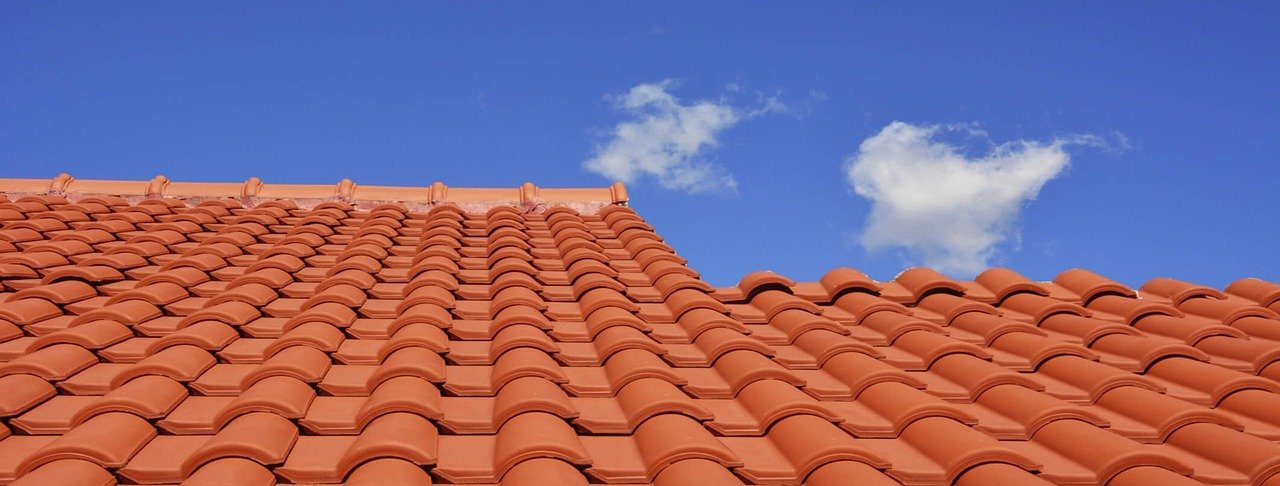
Standing water can pose a significant challenge for property owners, often leading to property damage, health risks, and aesthetic issues. Understanding how to effectively manage and eliminate standing water is crucial for maintaining the integrity of your home or business premises.
In this article, we'll explore various solutions to address standing water in a friendly and informative manner. Our goal is to equip you with the knowledge needed to tackle this common problem confidently.
Standing Water Solutions in Canberra VIC
Effective Standing Water Solutions for Your Property
One of the primary causes of standing water is inadequate drainage. This can result from improperly graded landscapes, blocked gutters, or faulty drainage systems. Ensuring that your drainage system is up to par is the first step in preventing and managing standing water issues.
Conducting a site evaluation can help identify low spots where water tends to accumulate. By installing French drains or regrading the landscape, you can facilitate better water flow and prevent pooling.
It's also important to regularly clean and maintain gutters and downspouts. Blockages can prevent rainwater from being directed away from your property, leading to pools of standing water.
Another effective solution for managing standing water is the installation of a sump pump. Sump pumps can quickly and efficiently remove water from problem areas, especially in basements or areas below ground level.
When choosing a sump pump, it's important to consider factors such as power and capacity. A pump that's too small won't be able to handle significant amounts of water, while a powerful pump may be unnecessary for minor water issues.
Regular maintenance of the sump pump is essential to ensure it operates effectively when needed most. This includes testing the system periodically and ensuring that the discharge pipe remains clear of obstructions.
More Resources
Landscape solutions, such as rain gardens and permeable pavements, offer environmentally friendly ways to combat standing water issues. These solutions allow water to infiltrate the ground naturally, reducing runoff and pooling.
Rain gardens are strategically placed in low-lying areas and are designed to absorb rainwater. They can be an attractive addition to your property while serving a functional purpose.
Permeable pavements allow water to pass through the surface and into the ground. Using materials such as porous asphalt or permeable pavers can significantly help in reducing standing water on driveways and walkways.
How to Address Standing Water Issues Efficiently
Improving soil conditions can also aid in managing standing water. Compacted soil tends to inhibit water absorption, leading to puddles and pooling. Aerating the soil can improve its permeability, allowing water to drain more efficiently.
Adding organic matter such as compost to the soil can enhance its ability to absorb and retain water, reducing the frequency and severity of standing water problems.
Planting deep-rooted plants and grasses can further improve drainage. Their root systems help break up compacted soil, facilitating better water penetration and reducing surface runoff.
For more severe cases of standing water, it may be necessary to consult with a professional. Specialists can provide targeted solutions tailored to the specific conditions of your property.
Professionals may use advanced tools and methods, such as installing professional-grade drainage systems or performing in-depth evaluations to uncover hidden issues contributing to water accumulation.
Attempting to manage standing water issues independently can often lead to temporary solutions. Professionals offer long-term fixes that address root causes, ensuring your property remains dry and damage-free.
Comments
Post a Comment